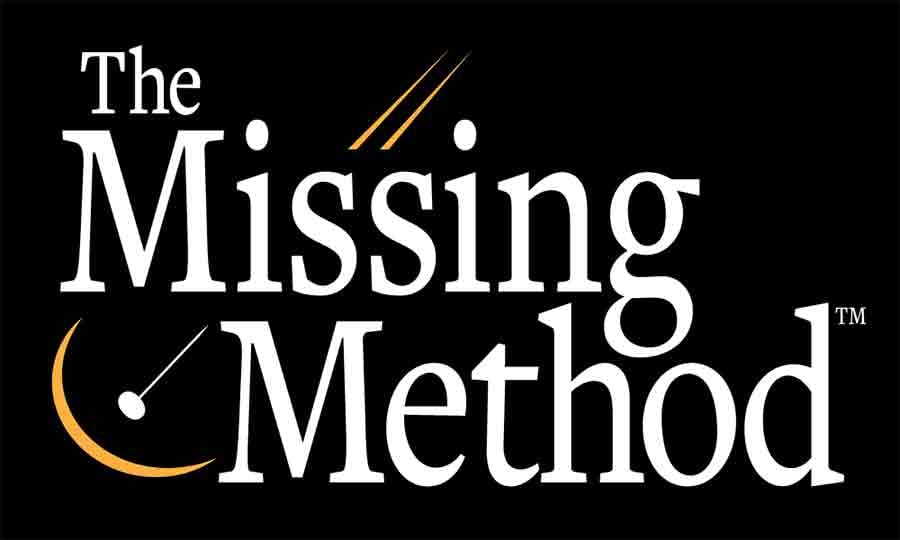One question a lot of beginner guitar players want to know but are afraid to is ask is: What exactly is an arpeggio? If that sounds like you, the you are going to want to watch this video.
Get the FREE lesson PDF=> https://bit.ly/ArpeggiosHandout (includes instruction and exercises in notation and tablature).
An arpeggio is an Italian word meaning "harp-like," which gives you a pretty clear idea of how this technique is supposed to sound. Basically, an arpeggio is when you play the notes of a chord one at a time. However, on the guitar there are two main ways of playing arpeggios.
The first method uses the arpeggio as an accompaniment. As is shown in the PDF, this technique is where you take a basic chord, a C for example, and play it one note at a time, going up, and then coming back.
Some example songs that are famous for using this arpeggio approach are: "House of the Rising Sun" by The Animals, "Everybody Hurts" by REM, "Behind Blue Eyes" by The Who, and "Heart-Shaped Box" by Nirvana just to name a few.
The second method uses the arpeggio to outline a chord in a guitar solo. This is often done in jazz and metal, but can be found in all sorts of music. Instead of holding down a chord, as you would in the first approach, here you fret each note of the arpeggio one at a time, as you would playing a melody or solo. This allows the soloist to emphasize the harmonic motion of the solo, pushing it in a logical direction. And it sounds really cool. To do this, learn the notes of an arpeggio, then play these notes in order. These types of arpeggios are sometimes played across the fretboard, and often in more than one octave.
Once you can play these, you can start adding more notes to the chords to enhance what you already have, or you can start on a note other than the root of the chord (shown in PDF under inversions).
To learn more chords, chord progressions, and strum patterns, check out The Missing Method for Guitar's Guitar Chord Master series. Each book has a free preview so you can try it out and see if it works for you.



